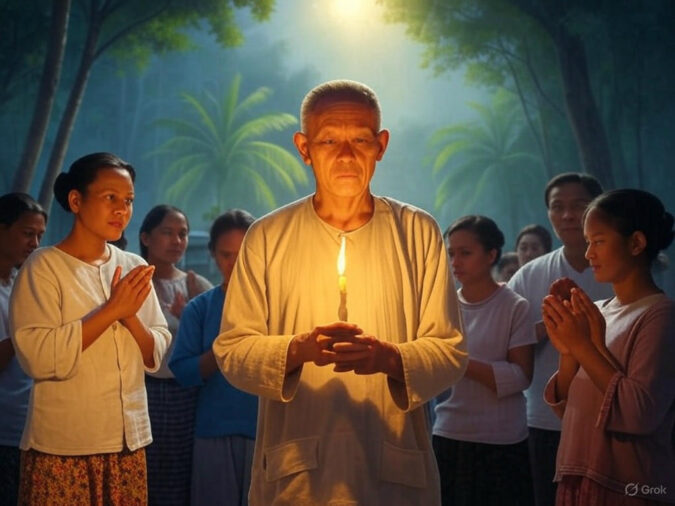
A Bisaya Prayer for Healing: Finding Strength in Faith
In the heart of the Visayas and parts of Mindanao, the Bisaya people—speakers of the Cebuano language—hold a deep-rooted tradition of faith and spirituality. Among the many expressions of this faith is the practice of prayer, especially in times of sickness and distress. A Bisaya prayer for healing is not just a plea for physical recovery but also a call for emotional and spiritual renewal, reflecting the community’s trust in divine guidance.
The Power of Prayer in Bisaya Culture
For the Bisaya people, prayer is a bridge between the earthly and the divine. Whether whispered in quiet moments or recited aloud during gatherings, these prayers carry the hopes of individuals and families seeking comfort. Healing prayers, in particular, are often offered to God or through the intercession of saints, such as the Virgin Mary or San Roque, the patron saint of the sick.
In times of illness, Bisayans turn to their native tongue to express their deepest emotions. The Cebuano language, rich and melodic, lends a personal and heartfelt tone to these supplications. Below is an example of a simple yet powerful Bisaya prayer for healing, followed by its English translation.
A Bisaya Prayer for Healing
Bisaya (Cebuano):
“Ginoo ko, Dios nga makagagahum,
Ako nangayo sa Imong kalooy ug gahum,
Ayoha ang akong lawas nga nagmasakit,
Ug hatagi ako’g kalig-on sa espiritu ug kasingkasing.
Pinaagi sa Imong grasya,
Ibalik ang akong kusog ug panglawas,
Aron makaserbisyo pa ako Kanimo ug sa akong isigkatawo.
Amen.”
English Translation:
“My Lord, Almighty God,
I ask for Your mercy and power,
Heal my body that is in pain,
And grant me strength in spirit and heart.
Through Your grace,
Restore my strength and health,
So I may continue to serve You and my fellow people.
Amen.”
Breaking Down the Prayer
This prayer reflects the humility and trust characteristic of Bisaya spirituality. It begins with an acknowledgment of God’s power (“Dios nga makagagahum”) and moves into a direct request for healing (“Ayoha ang akong lawas”). The inclusion of spiritual strength (“kalig-on sa espiritu ug kasingkasing”) highlights the holistic nature of healing in this tradition—restoration is sought not just for the body but for the soul as well. Finally, the prayer ends with a commitment to service, a reminder of the Bisaya value of community and gratitude.
How to Use This Prayer
This prayer can be recited by anyone seeking healing, whether for themselves or a loved one. It’s common in Bisaya households to pray together, lighting a candle or holding a rosary as a sign of devotion. Some may also accompany the prayer with traditional practices, like placing a blessed palm leaf or holy water near the sick person, believing these acts amplify the prayer’s power.
A Universal Message
While rooted in Bisaya culture, the essence of this prayer transcends language and geography. It’s a universal cry for help and hope, a reminder that in moments of weakness, faith can be a source of resilience. Whether you speak Cebuano or not, the sincerity behind these words can resonate with anyone in need of healing.